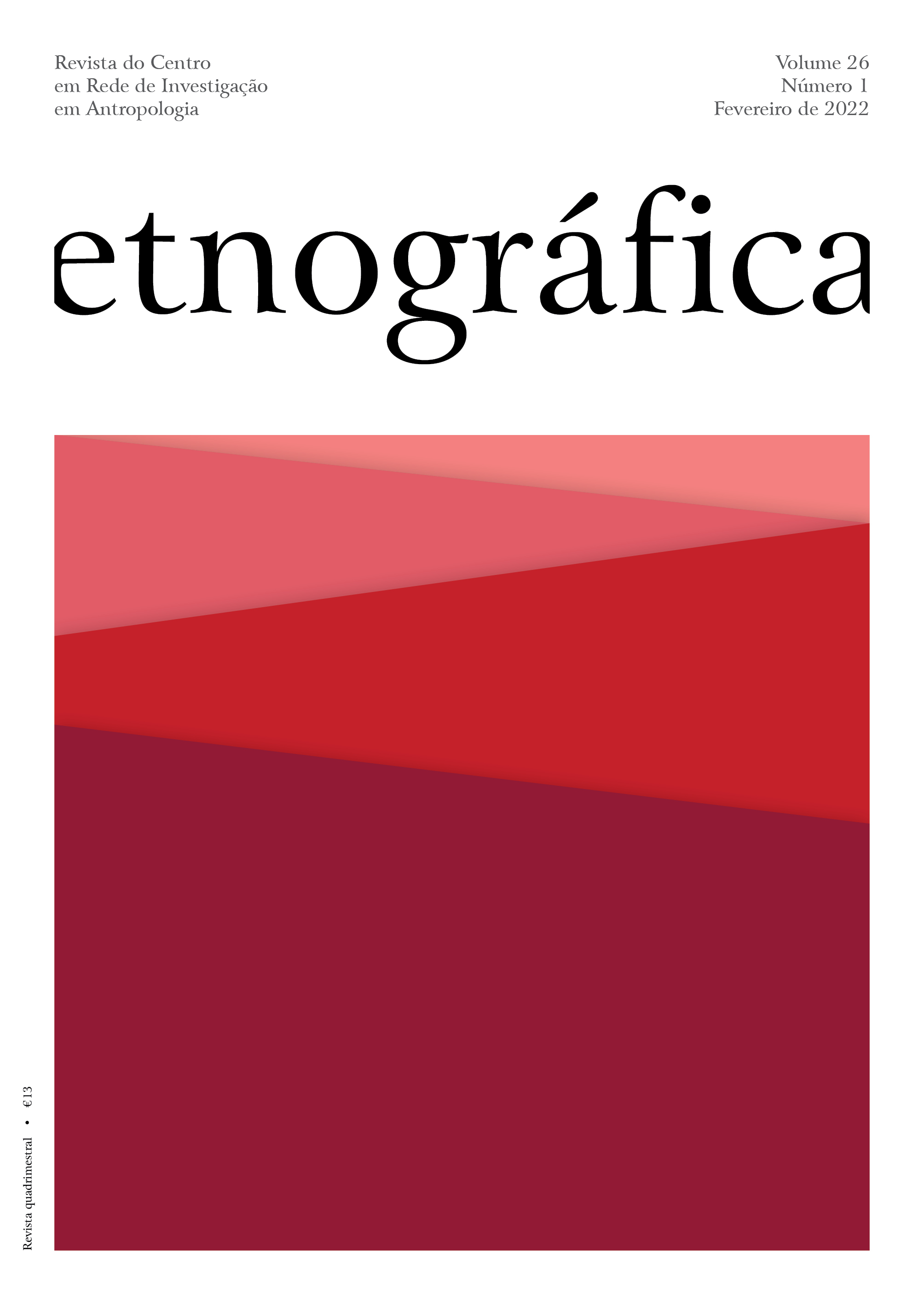Sardinian crafts at the crossroads of modernity: practices, narratives, and museums, 1909-1964
Resumo
Craft in Sardinia has been part of the cultural debate since its emergence in the late 19th century as “the industry’s opposite number, or other” (Adamson 2013: xiii). Filed under multiple labels such as arte paesana, piccolo industria, arte popolare, arte rustica, artigianato tradizionale, artigianato artistico,1 it encompassed a wide range of practices within the broader field of material culture, serving different cultural, social, and political needs. During the 20th century, different ideological constructions appear intertwined and informed craft’s production, collection, and musealization: the binary opposition between handmade and industrial object; the theme of the vanishing culture and the corruption of cultural authenticity; the gendering of craft aimed at pushing it in or out the race for the economic development of the island.


